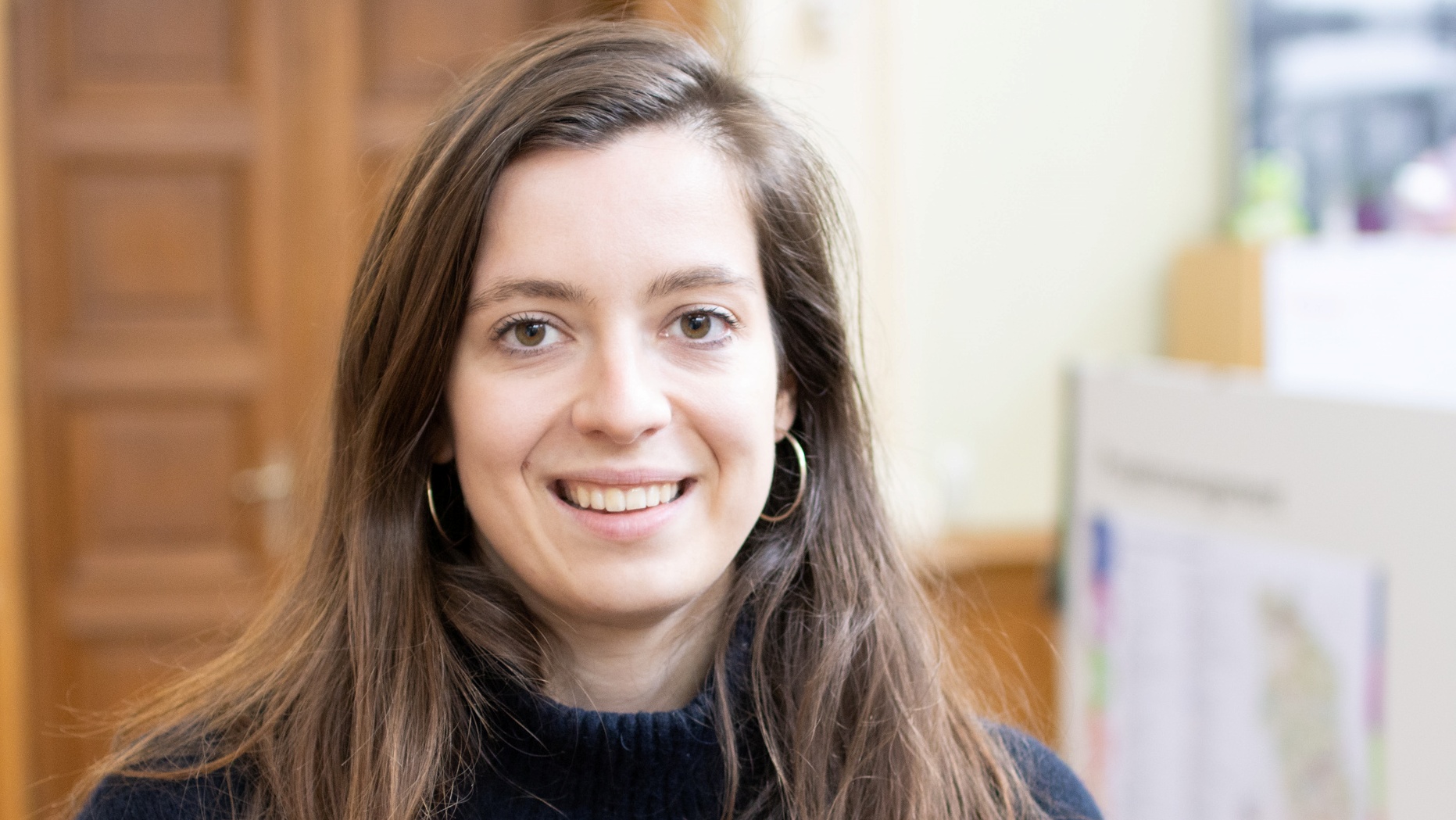structural development
News from the structural change working group: today with project manager Clara Hartung
- structural development
- Hits: 3892

Hello!
Today I am happy to introduce Clara Hartung from the innovation team. The Berliner has already lived in Saarland and observed the structural change there . After studying "International Management" with a focus on regional economics at the IHI Zittau, she is now bringing her experience and knowledge as a project manager to the realignment of the Görlitz district "after coal".
In the innovation team, you and the other new colleagues from the Structural Change working group will address founders
Clara, you come from Berlin, lived in Saarland and observed the structural change there. What appealed to you most about the development there? Was there something you could imagine for the district of Görlitz in a similar form? Something that you may have already experienced there or that you were inspired to do there?
Similar to the district of Görlitz, Saarland is a very industrial region and has also been undergoing structural change for several years. What I particularly remember is the creative use of old brownfield sites, such as the Völklinger Hütte, a former ironworks, which is now a UN ESCO World Heritage Site and a location for various cultural events and exhibitions. I would like to see something similar in the district of Görlitz.
Then you came to Zittau and studied international management there. We at the ENO are pleased that you have been part of the ENO's structural change working group since the beginning of May. What fascinated you so much about Zittau that you turned your back on your hometown Berlin and now want to contribute your expertise to the development of the region?
My move to Zittau was not a conscious decision. I had decided to start a master's degree after all and didn't have then . After I already liked living in a border triangle during my bachelor's degree, I decided to try out a second border and against studying in a big city . I made the decision to stay over the past 2-3 years. I live in a wonderful flat share for 20 people with a beautiful garden, lakes and the mountains right around the corner, a big city can't offer me all that. I was convinced by the incredibly committed and cordial people of the region, who want to shape their homeland with dedication and creativity. Above all, I really like the large amount of design freedom. I often refer to the room as a "playing field" - here you can create something new "on the green field" and let your creativity run free.
Your passion belongs to the "creative industry" Please be so kind and explain it to us - preferably in simple words.
Culture and creativity have always played a big role in my life. Although I studied classic business administration and international management, I was always creative outside of my studies. Be it professionally - when working for a film festival, for music events or the organization of cultural events for students, as well as in my private life. I've been making music since I was 5 years old, sewing, painting and taking almost every cultural event with me if I can only accommodate it in time.
Please also explain to us what opportunities you can see for the creative industries in the process of structural change!
I believe that creativity is the most powerful driver of structural change. It can act as an innovation and future driver and create new value chains. Classic companies can rethink themselves and thus face global challenges more effectively. However, the creative industries also decisively shape the internal and external image of a region and contribute to its attractiveness as a place to live. For me, the creative industries therefore encompass important areas: economic development and the development of cultural offerings.
One of your areas of expertise is regional economics. Can you tell us what opportunities, but also challenges, the structural change brings with it under the regional economic system for the people living in the district of Görlitz?
I clearly see the challenge in the demographic development combined with a high rate of emigration among young people . This will make structural change more difficult. Here it is important to create incentives for returnees and not only to think in terms of municipalities and communities, but to join together as a district and find oneself in a superordinate , regional identity and present a strong image to the outside world
You are in the innovation team - have you already set your own goals, what you hope to innovate, or also wishes, ideas or a big vision?
I would like to help the people in the region to rethink themselves , to courageously take charge of shaping their homeland and show them perspectives . I want to listen to your ideas and desires and encourage you to have big visions. And that they become aware of what a diverse and incredibly beautiful region they live in, the region that I value very much as my adopted home .
Thank you for rating this post.
